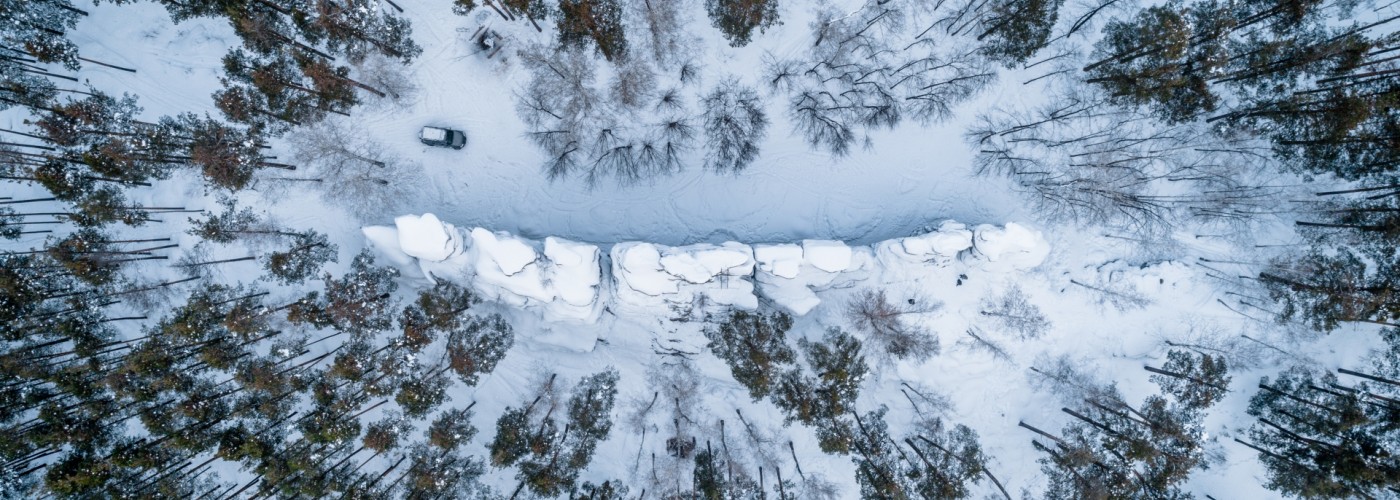| 14:00 | 22 |
|
| 14:00 | 22 |
| 13:20 | 22 |
|
| 13:20 | 22 |
|
| 15:30 | 22 |
|
| 15:30 | 22 |
|
| 16:30 | 22 |
|
| 16:30 | 22 |
|
| 17:20 | 22 |
|
| 17:20 | 22 |
|
| 21:40 | 22 |
|
| 21:40 | 22 |
| 14:30 | 22 |
|
| 14:30 | 22 |
|
| 17:30 | 22 |
|
| 17:30 | 22 |

